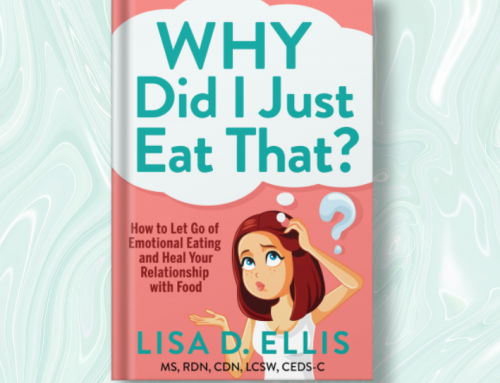I’ve been feeding my 10 month old daughter for several months now, and it has been challenging to say the least. However, I have really loved going through this process, and have chosen a method of feeding that most closely resembles how adults eat their meals.. I have chosen to feed her through the process of Baby Led Weaning. Baby-led weaning is an approach to feeding solids to babies that is focused on feeding them table foods (appropriately prepared of course), and allowing them to feed themselves vs. spoon feeding them purees.
I understand that Baby Led Weaning is not for everyone. Many don’t have the time or resources to dedicate to this process, and even though research has shown there is no greater risk when the food is prepared properly (properly sized, and soft enough for gums to mash), the fear of choking is a very real fear. However, it has taught me many lessons, and has allowed me to make a lot of observations about mealtime and eating for people of all ages.
Reminder That We Are All Born With The Ability To Eat Intuitively
It has been amazing watching a baby who truly is in tune with their hunger and fullness cues eat a meal. By allowing a child to self-feed, they are in control of what and how much they eat. This allows them to stay fully attuned to their hunger and fullness cues and avoids the parent basing their intake on external forces. For example, basing the feeding from the size of the jar, or how much they think the baby should eat, which can result in them getting more or less food than what they actually need.
Sometimes, she eats way more than I expect, and other times way less than I expect. Sometimes she will eat everything on her plate, and other times she will just lick the avocado off her bread. I follow Ellyn Satter’s Division of Responsibility in Feeding, and I don’t worry about the differences in appetite. The division of responsibility is essentially a method where the parents are in charge of what, when and where foods are offered, and the child is in charge of how much and what they eat.
My daughter always surprises me, and it’s a real example of how appetite fluctuates for everybody, and also that one meal will not make or break your health. Sometimes our bodies need more or less food, and there is no reason to beat yourself up if you happen to be feeling hungrier one day compared to the next. The same idea stands when you have pizza for lunch, you know that you will not become nutrient deficient. Health is achieved as an average of what you eat over time, not just one meal!
It Doesn’t Have to Be So Complicated
Parenting is exhausting, so when it comes to food, simplicity is key. An easy way that I feed my baby is by making a modified version of what my husband and I are already eating. A protein, vegetable and a carb is all you need, and you don’t always need all 3 if you are in a bind! Having a stash of frozen veggies and fruit makes preparing meals quicker and easier as well. Sprinkling chia, hemp or flax seeds on avocado, or in oatmeal or yogurt, is also an extremely easy way to boost the nutritional value of foods. This has made it so much easier to make meals for my family when I am drained – I remember that the basics are all we really need!
Meal Prepping for Mental Health
I am not the type of person who can devote an entire Sunday morning to prepping all of the week’s meals in advance. I also think that type of planning doesn’t leave much flexibility for any last minute changes in the week. I prefer to meal prep “lite”, by roasting a family pack of chicken breasts, washing and storing fruit and veggies in containers, and making 1 or 2 recipes to freeze for use later such as egg bites and meatballs. I don’t feel tied to pre-prepared meals, but I also have already prepped items that allow me to make more nutritious choices throughout the week without stressing. Having the ability to microwave something in 30 seconds when you have a very hungry baby is a plus!
The Importance of Eating Frequently
Babies are constantly eating! Their stomachs are tiny, which requires many meals throughout the day. They are also growing and learning and moving all day long, which requires a lot of energy. This serves as a reminder that adults need to keep our tanks full as well. Eating balanced meals and snacks every 3-4 hours ensures that you have enough energy to get through the day, avoids blood sugar spikes, and can quell late night overeating.
Final Thoughts
Feeding my daughter has shone a new light on these topics that I actually talk a lot about with my clients. Keeping it simple, staying attuned to hunger and fullness cues, utilizing gentle preparation and maintaining consistency are all key for maintaining a nutritious and healthy relationship with food. Long story short, when in doubt, eat like a baby!





